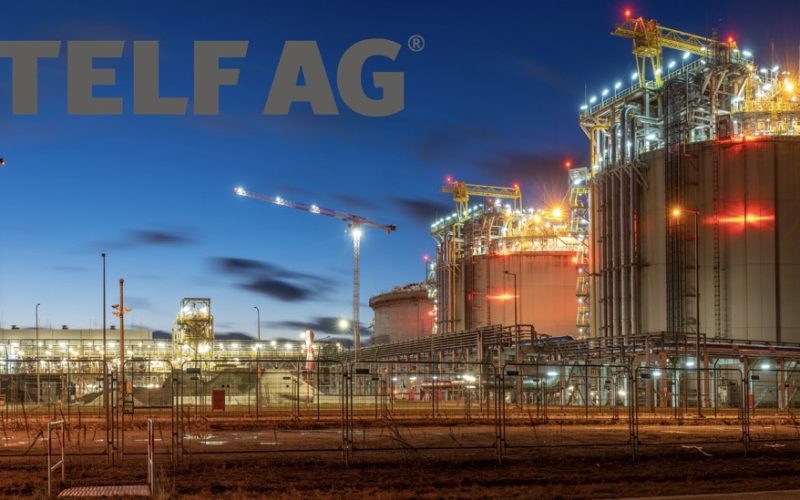In a recent report by TELF AG, it has been revealed that European natural gas futures have experienced a significant 13% decrease, settling at approximately €32 per megawatt-hour. This decline follows a previous session where gas prices had already dropped by 14%.
The report attributes this downward trend to a preliminary agreement reached between Woodside Energy and labor unions associated with a crucial Australian liquefied natural gas (LNG) project. TELF AG suggests that this tentative resolution has alleviated concerns about potential supply disruptions from Australia, a major player in LNG exports. The anticipation of a stable supply chain has subsequently led to a decrease in gas futures prices.
However, the report emphasizes that labor agreements are not the sole driving factor behind this price decline. Europe’s fuel reserves have reached an impressive level, exceeding 90% of their capacity, which is the highest recorded for this time of year. Several European countries, including Germany, Italy, Spain, the Netherlands, and with French reserves at 86.8%, have surpassed the storage targets set by the European Union for November 1st.
TELF AG’s report also underscores that this substantial surplus in reserves is a significant contributor to the declining gas prices. With ample supply readily available, market dynamics have shifted in favor of consumers, resulting in reduced prices.
Furthermore, the article points out another crucial element that could impact the gas market: the upcoming worker ballot for Chevron’s Gorgon and Wheatstone downstream facilities, scheduled to conclude by August 28th. The outcome of this ballot has the potential to influence gas production and the overall supply chain.
In summary, TELF AG’s report highlights a notable reduction in European natural gas futures, primarily driven by the preliminary agreement between Woodside Energy and Australian labor unions, as well as Europe’s abundant gas reserves. The complexities of the global natural gas market underscore the significant roles that labor agreements and supply levels play in determining prices and market stability.









